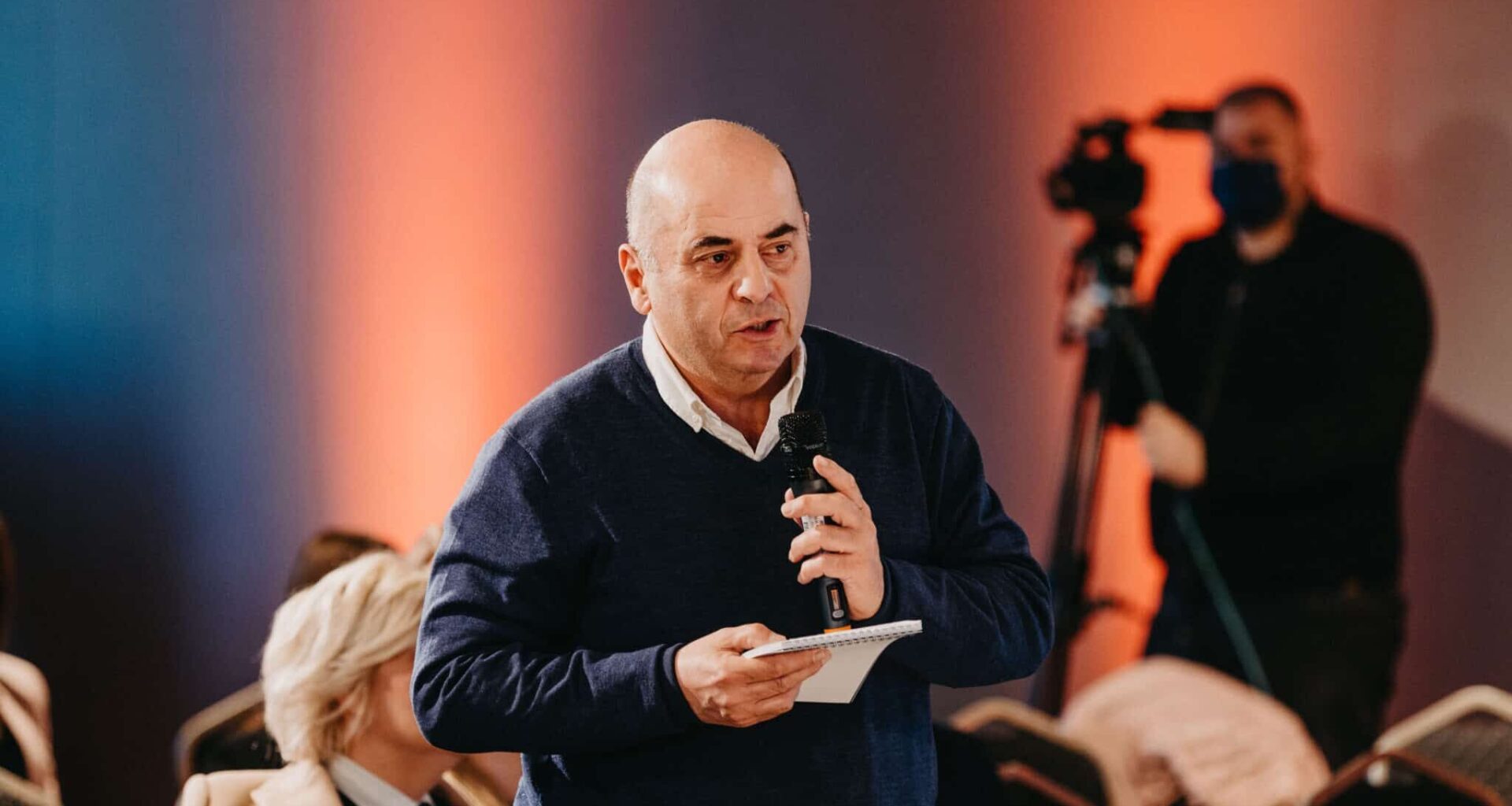A great deal was written about World War II in communist Yugoslavia, but Goldstein argues that much of it was skewed by partisanship, by which he means that the thinking and writing too often was “imbued with” or even “dictated by” a Communist Party mindset.
This meant that “positivity,” “negativity,” “usefulness,” or “uselessness” to party interests became the decisive criteria for whether something was published or presented in a certain way.
Since 1990, however, historical revisionism has been strongly present in all the new states of the region. “I have tried to distance myself from both approaches. I am not obliged to, or under pressure from, any political option or party,” says Goldstein. “The only fundamental commitment I do not give up is the conviction that one must know who was on the right side and who was on the wrong side.
“The liberal democratic culture to which we aspire as a member of the EU clearly states that anti-fascism is one of our foundations, and in this sense, only the Partisans were on the right side; everyone else was on the wrong side,” Goldstein said.
During the Second World War, the so-called Independent State of Croatia, NDH, a state created and supported by Fascist Italy and Nazi Germany, existed on Croatian territory. The NDH introduced racial laws and established death camps for Jews, Serbs, Roma, and political opponents. Its army, the Ustasha, was among the most brutal military formations of the Second World War. Opposing them was the communist-dominated Partisan movement, led by Josip Broz Tito.
“In the book, I build a positive narrative around the Partisans, but I do not gloss over their mistakes, deviations, foolish acts, strategic failures, or even the crimes they committed. Ultimately, however, none of this undermines the justice of their struggle – that is the core idea I advocate,” he says.
Goldstein adds that he did not write the book “against anyone”.
“Two years ago, I published Historical Revisionism and Neo-Ustashaism and made my views clear, but I wrote this book without polemical intent and without any desire to confront anyone,” he says. Goldstein also says he incorporated the findings of some researchers whom he had previously called revisionists, due to certain works, but he did not reject their studies where they produced solid scholarship.
In Croatia and the former Yugoslavia, anti-fascism is often associated with the communist movement. Although most Partisans were not communists, this association is still used today by right-wingers to argue that “everyone was the same”, and that all totalitarian regimes should be condemned equally. Goldstein acknowledges that such distinctions are difficult to draw.
“The Communist Party was the only force that dared to resist the occupiers and their local collaborators. It led the struggle and articulated a clear programme that was embraced by many more people than there were communists,” he explains.
“That programme rested on three basic principles: the fight against the occupier until final victory; the fight for a fairer, socially conscious society and broad reforms; and the creation of a new Yugoslavia based on federal principles, unlike the pre-war monarchist one, which was centralized and unitary.”
Although the communists led the anti-fascist struggle, they were in the minority. At that time, the communists were truly regarded as a vanguard, and joining the Communist Party was very difficult. Membership was granted only by invitation from the party secretary. A Partisan would first be informed that he was a candidate for party membership; his qualities as a fighter and as a person would then be evaluated, and only after that could he be invited to join.
Goldstein cites concrete data. In the ranks of the elite First Proletarian Brigade, when it was founded in December 1941, about 60 per cent of the soldiers were members of the Party, or the League of Communist Youth of Yugoslavia, SKOJ. However, the brigade was a major exception – it consisted mostly of the most loyal early fighters from Serbia and Montenegro, many of whom had been accepted into the Party at the beginning of the uprising in 1941.
Goldstein’s earlier books
Goldstein is a prolific author whose earlier works include Byzantium on the Adriatic from the 6th to the 9th Century (1992) and The Early Croatian Middle Ages (1995), followed by a series of texts and books dealing with the 20th century and, in particular, World War II.
These include Tito (co-authored with his father, Slavko, in 2015), Jasenovac (2018), and Historical Revisionism and Neo-Ustashaism (2023). All of these themes, Goldstein says, led naturally to his latest book on World War II.
In the “Josip Kras” Brigade, founded in November 1942 and operating near Zagreb, on the other hand, Communist Party and SKOJ members accounted for only about 23.5 per cent – roughly 200 out of 850 fighters. In the Biokovo-Neretva region, in April 1942, there were around 2,386 Partisans, while the district had about 320 Communist Party members, 226 of whom were in the Partisan units, meaning that fewer than 10 per cent of these fighters were communists. In other newly formed units, the percentage of communists was similar or even lower.
“However, although the communists were relatively few in number, they were always careful to keep control within the military units. From about the second half of 1943, it became increasingly clear that they would not let go of that control,” notes Goldstein, adding that, at the same time, it became obvious that an alternative option, with or without the king, stood no chance.
“The elections organised [in Yugoslavia] in November 1945 were a farce, because it was clear that a communist dictatorship was being established,” Goldstein continues, noting that even for many communists of the time, such radicalism was unappealing.
“But that option, when viewed from today’s perspective, was the least bad. It offered liberation and social justice in a society that was very poor, where hunger and malnutrition were widespread,” he says.
More to anti-fascism than communism
